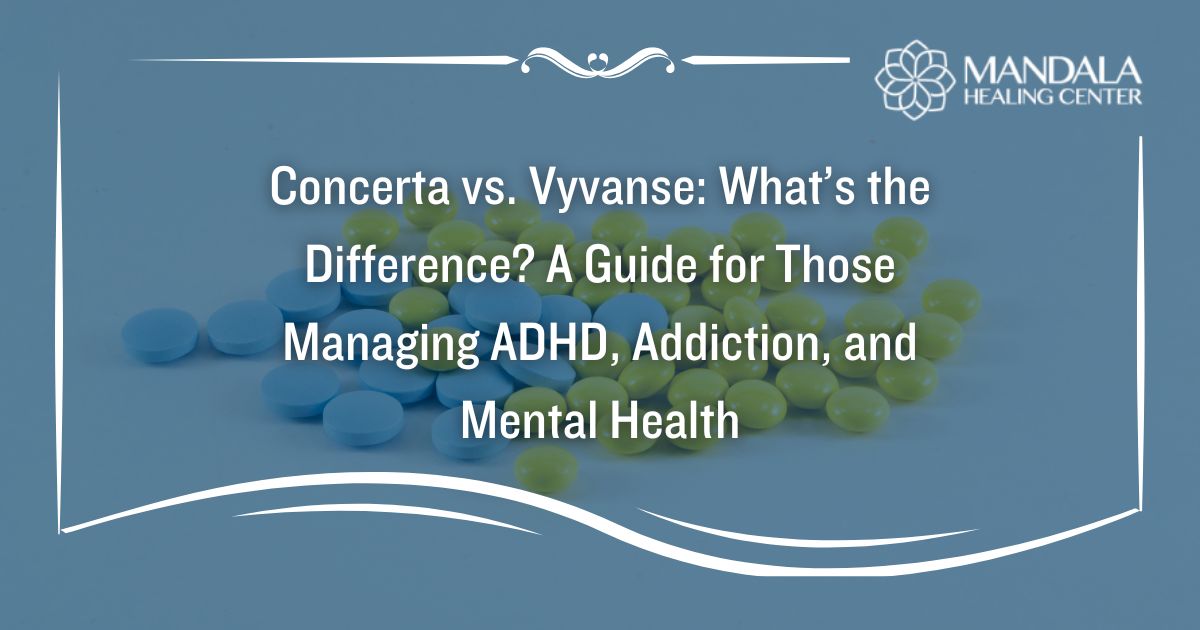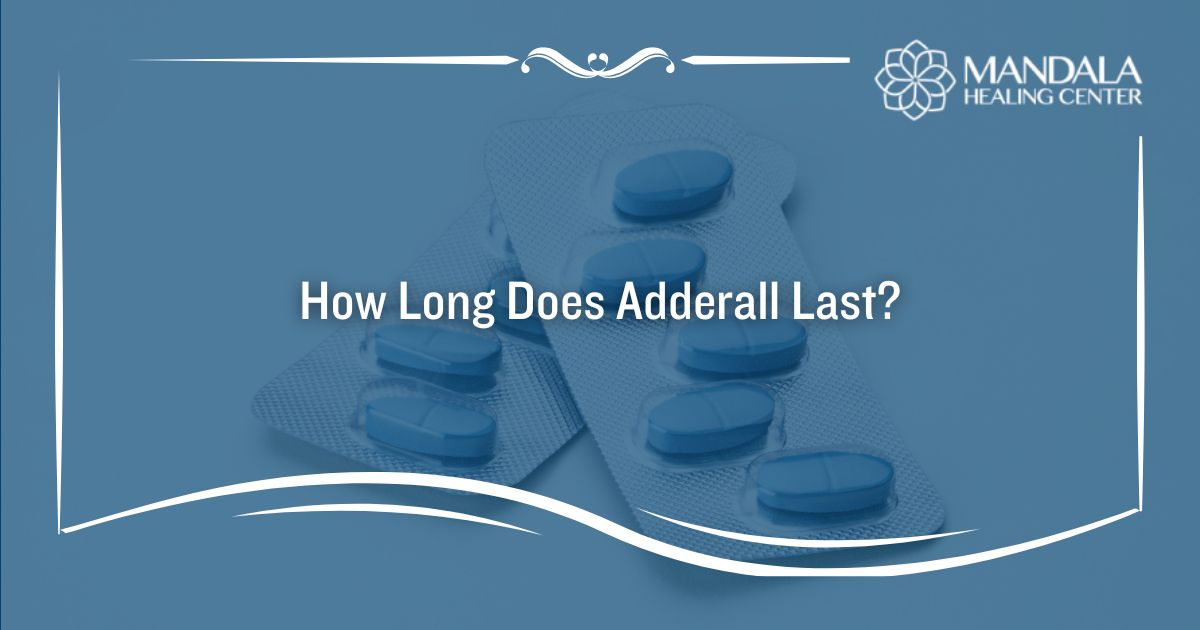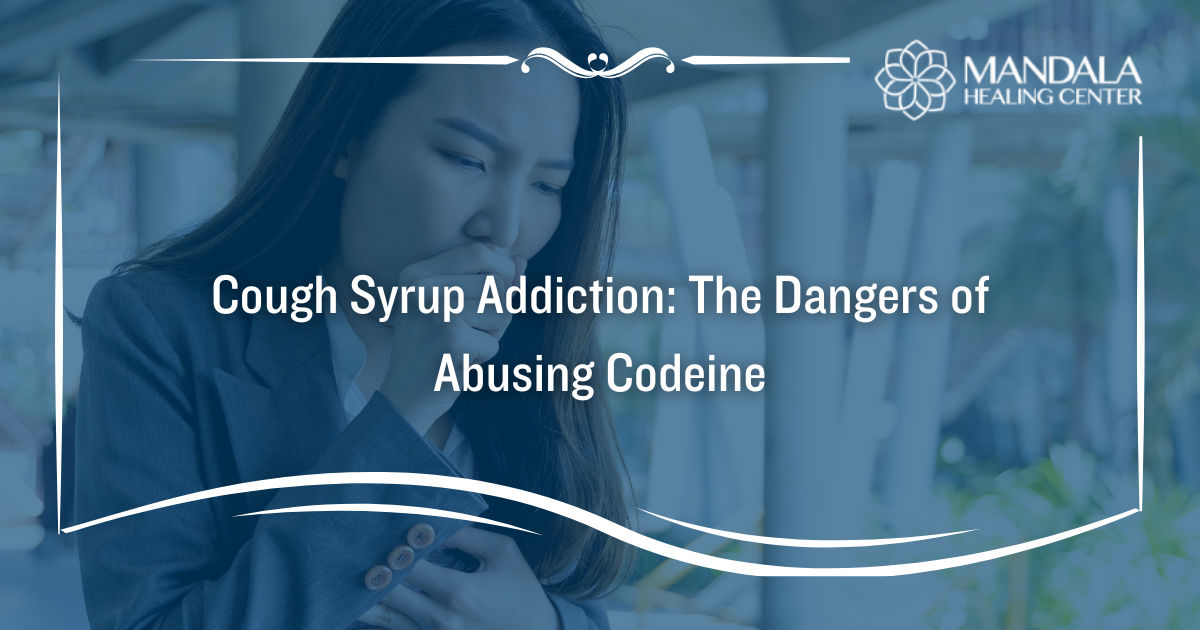The alcohol found in beer, wine, and spirits can be intoxicating. After you drink an alcoholic beverage, it is quickly absorbed by your stomach and small intestines and then passes into your bloodstream. Since alcohol is a toxin, your liver metabolizes it, meaning it is removed from your bloodstream over time.
But drinking more than your liver can metabolize means the amount of alcohol in your bloodstream can increase. When the concentration of alcohol in your blood reaches a certain level, you may begin to feel the effects of alcohol–also known as being tipsy, intoxicated, or drunk.
Keep reading to learn more about how to measure blood alcohol content (BAC) and why it’s important to calculate BAC. If you or someone you love need help to stop drinking, reach out to the caring team at the Mandala Healing Center to talk about your treatment options.
What is Blood Alcohol Content (BAC)?
Blood alcohol content (BAC) is the measurement of the amount of alcohol in your blood after drinking alcoholic beverages. This measurement can be used to determine levels of intoxication. If you drink alcohol faster than your body can metabolize it, your BAC will increase quickly, and you may begin feeling tipsy or drunk.
What Happens at Different Levels of Blood Alcohol Content?
Consuming alcohol often leads to a range of physical and psychological effects. Alcohol depresses your central nervous system and interacts with every bodily system, meaning the effects are wide-ranging and can be significant depending on your blood alcohol concentration.
Here are some possible effects you may experience at different BAC levels.
0.0%: You have not consumed alcohol, so there is no alcohol in your bloodstream.
0.02%: You may feel relaxed and have mild mood changes. Your judgment is slightly impaired.
0.05%: Your alertness is reduced, judgment is impaired, and you may feel uninhibited. You may say or do things you usually wouldn’t.
0.08%: Your coordination is impaired. You may be clumsy or unable to perform tasks that require balance or judgment. Your decision-making abilities are impaired.
0.10%: Your reaction times are delayed. Speech may be slurred, and your thinking may be slow.
0.15%: Balance and muscle control are significantly impaired. You may feel nauseous or vomit. Your mood may change.
0.15-0.30%: Drowsiness may set in. You’re likely to experience confusion. Vomiting is likely.
0.30-0.40%: At this stage, you are likely to have alcohol poisoning, which can lead to unconsciousness. Alcohol poisoning can be life-threatening without medical intervention.
Over 0.40%: Breathing may become dangerously slow and shallow. You may slip into a coma. Fatal blood poisoning is possible at this high level of blood alcohol concentration.
When people drink heavily and frequently, they may develop a tolerance to alcohol. This means that they may require more alcohol to feel the desired effects of alcohol and may not exhibit the signs of intoxication–but their BAC will still be the same as someone without alcohol tolerance.
What Factors Affect My Blood Alcohol Content?
When you drink alcohol quickly, your liver can’t keep up to metabolize it. This causes your blood alcohol content to increase over time. But certain factors can affect the amount of alcohol in your blood. These factors include:
- How much you’re drinking
- How fast you’re drinking
- How much food you’ve eaten before drinking alcohol
- Age
- Gender
- Weight and body composition
Generally, to maintain a lower BAC, you should avoid drinking on an empty stomach. Alternate between alcoholic and non-alcoholic drinks, and choose drinks you can sip–for example, a glass of wine instead of a shot. Before you begin to drink, decide how many drinks you’ll have and stick to that plan.
How to Calculate BAC
There are a few reasons people may need to calculate BAC, including:
- Medical testing–to diagnose alcohol poisoning
- Monitoring–during treatment for an alcohol use disorder
- Employment–sometimes employers will require testing to calculate BAC, either before offering a job or in response to a workplace issue
- Legal testing–people may be required to have their blood alcohol concentration tested as part of an investigation, such as a charge of driving while intoxicated or underage drinking
A breath test can use respirations to calculate BAC, and healthcare providers can use a blood test to obtain accurate blood alcohol concentration levels.
How Much Alcohol is Too Much?
Drinking alcohol is considered to be a normal part of the culture in the United States. Most people drink alcohol from time to time as part of their lifestyle, and many have little trouble drinking in moderation.
But what exactly does it mean to drink moderately–and how much alcohol is too much?
The Centers for Disease Control and Prevention (CDC) offer guidelines on moderate drinking. For women, moderate drinking means consuming one or fewer alcoholic drinks in a day. Men are allowed two or fewer daily alcoholic beverages.
A drink is defined as:
- 12 ounces of beer
- 8 ounces of malt liquor
- 5 ounces of wine
- 1.5 ounces of distilled spirits like vodka and whiskey
Regularly drinking more than you should can lead to serious health risks and complications, including accidents, legal issues, chronic diseases, and addiction. Getting treatment to overcome alcohol abuse is critical to your short and long-term health and safety.
Get Help Now
If you or someone you love lives with alcohol abuse, you are not alone. Get the treatment you need so that you can live the life you choose. Reach out to the caring specialists at the Mandala Healing Center to discuss your alcoholism treatment options and find the support you deserve.












